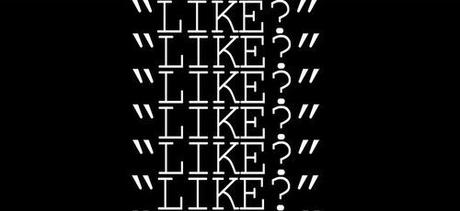
Did you know that the often unconscious compulsion to say “um,” “like,” and “you know,” occurs across all languages? Filler words are neutral words or sounds that signal a pause in speech so a speaker can maintain a conversation’s flow. Some people pepper their conversation with fillers because they fear silence, while others use fillers to help them search for the next word. Recent linguistic research has also found that certain filler words may reveal the speaker’s emotional state and alertness.
Here are some of our favorite filler words from different languages:
- American Sign Language: um can be signed with open-8 held at chin, palm in, eyebrows down (similar to “favorite”), or a symmetric bent-V, palm out, repeated axial rotation of wrist (similar to “quote”).
- Spanish: Fillers are called muletillas. In American Spanish, este (this), and o sea (roughly means “I mean”). In Spain, the previous fillers are used in addition to ¿vale? (right?) and ¿no?
- Hebrew: keh-eelu is popular among younger speakers, (which means “as if”), along with eh and em.
- Czech: Fillers are called slovní vata, meaning “word cotton/padding.” The most common are prostě (simply) and jako (like).
- French: euh, quoi (what), ben (well), tu vois (you see), and eh bien (well, I’m not sure).
Take a look at a more extensive list here. Which fillers do you use?
